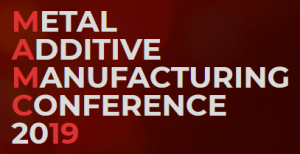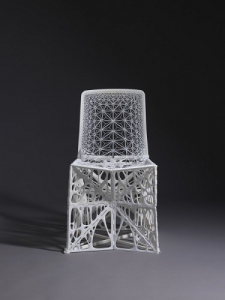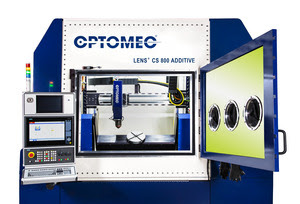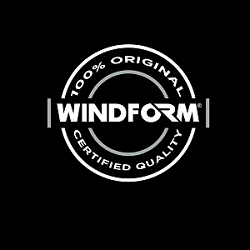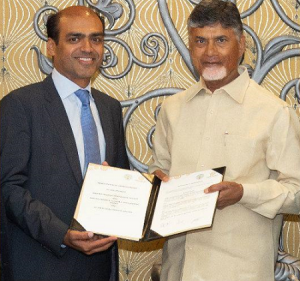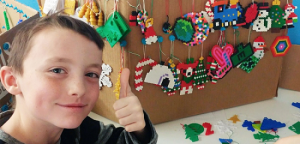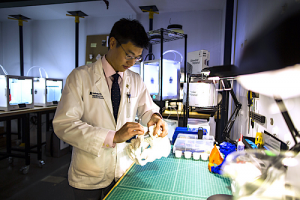 Creating innovative tools and high-tech systems for life science researchers around the globe has turned up some fascinating new companies in the last few years; and with Europe currently housing over 35% of biotechnology companies worldwide, we can expect some enticing new discoveries to come. Sweden is certainly not lagging behind, with a buoyant environment for university researchers and students, as well as being known as one of the so-called ‘ideal’ places to hatch startups, one company is quickly breaking new ground. Founded in 2012 as a spin-off from Chalmers University of Technology, Fluicell is a publicly-traded biotech company providing platforms to investigate cell behavior like never before. Using open-volume microfluidics, they wanr to revolutionize how cells are bioprinted.
Creating innovative tools and high-tech systems for life science researchers around the globe has turned up some fascinating new companies in the last few years; and with Europe currently housing over 35% of biotechnology companies worldwide, we can expect some enticing new discoveries to come. Sweden is certainly not lagging behind, with a buoyant environment for university researchers and students, as well as being known as one of the so-called ‘ideal’ places to hatch startups, one company is quickly breaking new ground. Founded in 2012 as a spin-off from Chalmers University of Technology, Fluicell is a publicly-traded biotech company providing platforms to investigate cell behavior like never before. Using open-volume microfluidics, they wanr to revolutionize how cells are bioprinted.
As a further development to their existing product portfolio, the company has developed a unique high-resolution bioprinting technology in both 2D and 3D called Biopixlar, capable of creating complex tissue-like structures where positioning of individual cells can be controlled from a gamepad, just like you would a videogame. Their original approach is part of a more market-oriented strategy, which brings revolutionary technology straight to the fingertips of users. To get a better sense of what the company is trying to accomplish, 3DPrint.com spoke to Victoire Viannay, Fluicell’s CEO since 2017.
“Since microfluidics is so complex we are trying to create very easy to use platforms for our clients in the life sciences. Our original idea with the Biopixlar was: how to make the system easy to use and fun? So now you can see that we have even incorporated the gamepad, which is a way of creating an easy to use interface,” said Viannay.
Biopixlar uses microfluidics which allows for better control of the material at a micro level due to the precision of a pump or microfluidic tube when it comes to directing the flow of biomaterial to actual printing execution. Having such a precise control at the microlevel, systems naturally scale up to the macrolevel and result in high-resolution prints. Additionally, the technology allows the creation of multi-material prints for bioprinting purposes, with users being able to create the materials within the printer technology itself, avoiding the need for laboratory fabrication of the material. A microfluidic chamber can control the mixing of various materials in house. Resulting in a 3D printed structure that is immediately complete without having to deal with gels or scaffolds.
“We want to be as true as possible to the science, so it is important for us to protect the landscape, and for that we have a good internal team for harnessing and developing knowledge, knowing that we need to have both invention and method patents.”
Fluicell currently has three products on the market, and are now looking actively for partners for the Biopixlar in both Europe and the United States. The research tools Biopen and Dynaflow, allow researchers to investigate the effects of drugs on individual cells at a unique level of detail, as part of their mission to redefine the approach to cell biology, and drug discovery by providing miniaturized instrumentation for single-cell investigations. The company holds a strong IP and patent position with four approved patents in the estate.
Since 2012, the company has moved from Chalmers and established their own laboratories just a few minutes away from the campus, in Gothenburg. There they have commercialized a product portfolio to study single cells, (primarily in the field of drug development), gone public, and launched Biopixlar. Funded by Almi Invest, a local early-stage investor, their aim now is to keep providing innovative tools redefining approaches within cell biology, bioprinting, and secondary drug screening and discovery.
“When the company was created we started at Chalmers, but at some point we thought we had to become more independent from the university, so we came up with our own facilities and discovery team, people who work on tissue and disease models in house so that we can do primary research ourselves and the discovery aspects as a way of helping potential clients discover applications which could benefit their needs. We have this both as a demonstration, and also as a contract research organization (CRO) service.”
With 20 employees, the company is looking to become the next Swedish bioprinting success, after another company born out of the same city as Fluicell, began selling their popular bioprinters and bioinks, that’s Erik Gatenholm’s CELLINK, now a global big player in biotech. Actually, Viannay claims that Sweden is a great country to start a company, just behind the captivating and successful landscape in the United States.
“Sweden is very supportive of new companies. The whole country is built upon innovation, proving that its people were never afraid to try out new things, so it should be the same with bioprinting. Right now there is a very good landscape to work on our projects and i really think that Sweden is ready to support more bioprinting initiatives,” suggested Viannay, who is originally French and moved to Sweden after meeting her husband. She has proved to be a great match for the company because of her strong background in law. With a PhD in the field from the Université Paris II Panthéon/Assas and over more than 10 years of experience in labor laws, human resources and legal management, particularly in the field of scientific research, her incorporation came in at just the right time. Her knowledge came in handy during the company’s IPO in early 2018.
“Fluicell has a good growth model based on market penetration, acquiring new geographic areas and expansion and market diversification. So it has worked very well for us while growing the company, next we would be interested in being a profitable company that is very well recognized in the world thanks to our products, which began with the Biopen, and had great traction among our customers. For our Biopixlar technology we would like to further target other areas, such as regenerative medicine, moving towards building tissues and taking it outside of pure research and development by using it to develop something that can go into regenerative or therapeutic medicine.”
[Image credit: Fluicell]
The post Fluicell is Preparing to be the Next Big Player in Sweden’s Bioprinting Field appeared first on 3DPrint.com | The Voice of 3D Printing / Additive Manufacturing.



